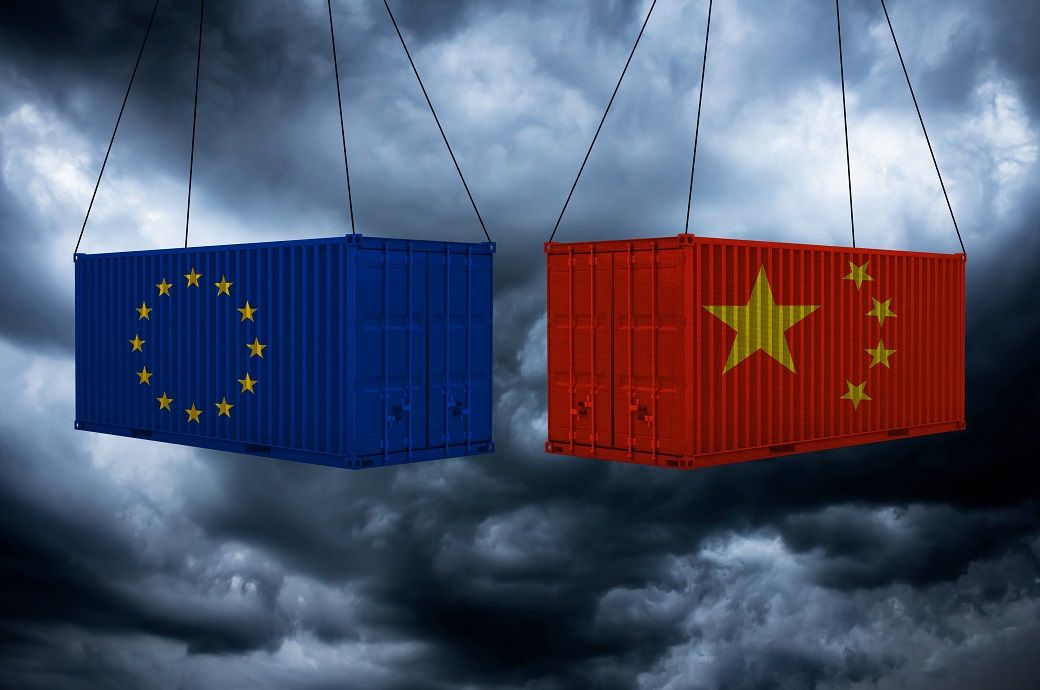
During the 2018 US-China trade war, such redirection resulted in euro area imports from China increasing by around 2-3 per cent between 2018 and 2019, they noted. Now, history could repeat.
In a severe scenario in which US tariffs on Chinese goods escalate to an effective rate of around 135 per cent, the euro area could see imports from China rise by up to 10 per cent in 2026.
A second estimate that uses general equilibrium models featuring production inter-linkages suggests a somewhat more moderate increase in euro area imports from China of 7-9 per cent, the blog said.
Several factors suggest that the euro area could experience a larger redirection of Chinese exports this time than it did back in 2018.
First, the composition of Chinese exports to the United States and to the euro area is similar, making the euro area a natural alternative.
Second, established supply chain links, which have expanded since the last China-US trade war, and ongoing industrial upgrades in China facilitate the redirection of trade flows. Many euro area firms already rely on Chinese imports, making it easier to absorb redirected goods.
More broadly, around three-fourths of all products imported by large euro area countries already have at least one Chinese supplier.
Third, Chinese businesses have laid the groundwork to facilitate faster market entry. For example, they have almost tripled their presence with investments in European sales and distribution networks since 2017, the ECB blog noted.
Fourth, the depreciation of the Chinese renminbi makes Chinese goods cheaper and more attractive for European importers.
And fifth, while the profit margins of Chinese exporters have narrowed since the onset of the first trade conflict in 2018, many firms, especially those in final goods production, still have room to absorb the reduced profit margins, the blog said.
In addition, Chinese authorities have pledged targeted support to help affected exporters redirect sales to domestic or third markets, which could allow for further price cuts, it noted.
Calculations by the ECB experts indicate that lower Chinese import prices would reduce overall import prices by 1.6 per cent. But it will take some time for consumer prices to drop.
The magnitude of the effect depends on several factors, including the strength of domestic demand, the scale of the shock itself and the potential policy responses that may offset the disinflationary impact, the blog added.
ALCHEMPro News Desk (DS)
Receive daily prices and market insights straight to your inbox. Subscribe to AlchemPro Weekly!